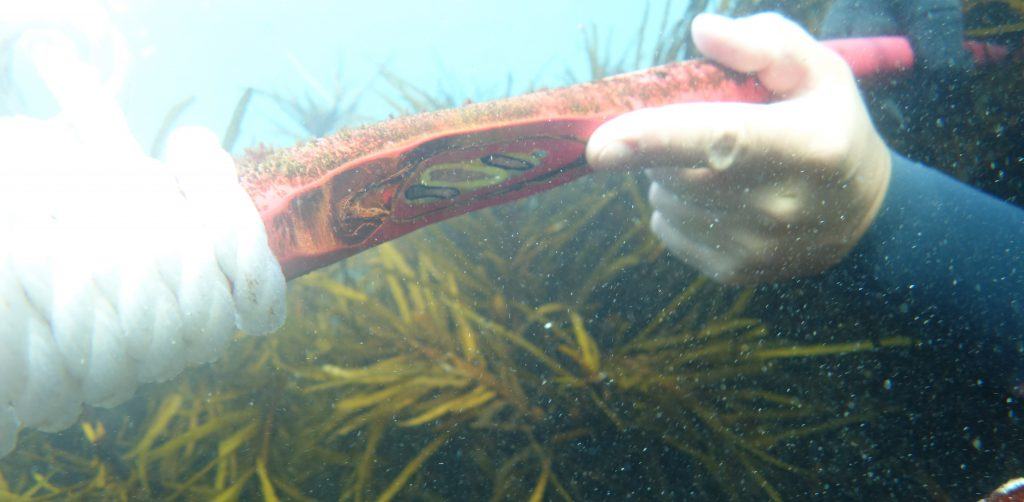Fault Location on Subsea Cable
Intro
Following low Insulation Resistance (IR) readings on a 750m subsea cable, LIVE HV conducted Time Domain Reflectometry (TDR) testing to determine the location of the fault.
The TDR technique was carried out by injecting a pulse onto each phase with the timing of the reflected pulses being calculated to determine the cable length and fault locations. This was achieved by using the HVPD Longshot in conjunction with the HVPD Portable Pulse Generator as per phase 2 of the Asset management approach.
Testing

The total pulse return Time was measured to be 8.03 µs. This is the time taken for a pulse to travel from the start to the end of the cable and return.
The total length of the cable was reported to be 750 metres which gives a propagation speed of 93 metres per µs.

A large low impedance reflection was detected on A Phase at 3.72 µs (46.3% of the total cable length).
Distance (m) = Speed (m/µs) x Time (µs) = 93m/µs x 3.72µs = 346m
Fault location is at ~346m (from the Transformer).
Findings
The conducted TDR test detected a fault on the A Phase cable at 347 metres from the Transformer end of the cable.
A diver was sent to the exact location LIVE HV had suggested and the cable fault was clearly visible. The damage had been caused by movement of the cable on the reef.

The Next Step…
After the fault was located, the client was recommended to have OLPD testing conducted once all repairs have been made (i.e. commissioning testing), with repeat testing to be conducted annually.

